Years of service 1907–45 | Name Joachim Lemelsen | |
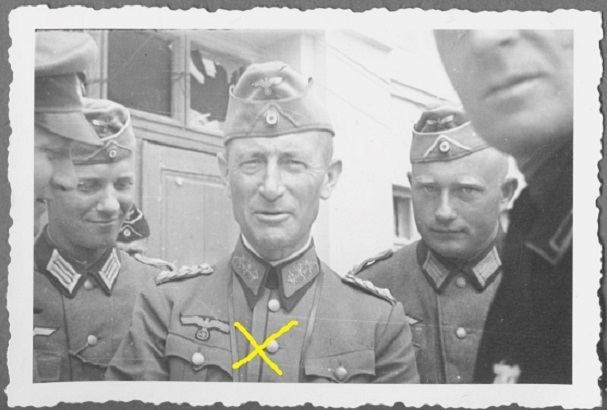 | ||
Battles/wars World War IWorld War IIAnnexation of the SudetenlandInvasion of PolandBattle of FranceOperation BarbarossaBattle of Smolensk (1941)Battle of Kiev (1941)Battle of BryanskBattle of KurskDefense of Italy Died March 30, 1954, Gottingen, Germany Similar People Heinrich von Vietinghoff, Traugott Herr, Albert Kesselring, Richard McCreery, Harold Alexander - 1st Earl A | ||
117 #SovietUnion 1941 ▶ Unternehmen "Barbarossa" (7/10) 29.ID (July/August 41) Smolensk
Joachim Lemelsen (28 September 1888 – 30 March 1954) was a German general in the Wehrmacht of Nazi Germany during the World War II and a recipient of the Knight's Cross of the Iron Cross with Oak Leaves.
Contents
- 117 SovietUnion 1941 Unternehmen Barbarossa 710 29ID JulyAugust 41 Smolensk
- Early life
- World War II
- Awards
- References
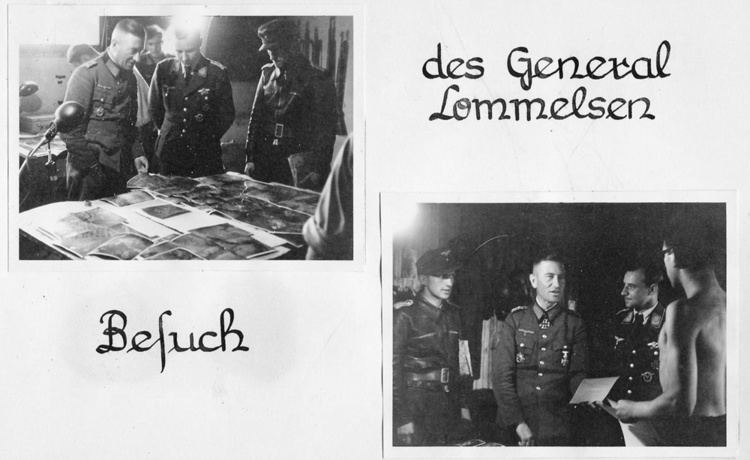
During Operation Barbarossa, the invasion of the Soviet Union in 1941, troops of the XLVII Motorized Corps under his command executed the criminal Commissar Order, prompting Lemelsen to complain: "Soon the Russians will get to hear about the countless corpses lying along the routes taken by our soldiers (...). The result will be that the enemy will hide in the woods and fields and continue to fight--and we shall lose countless comrades".
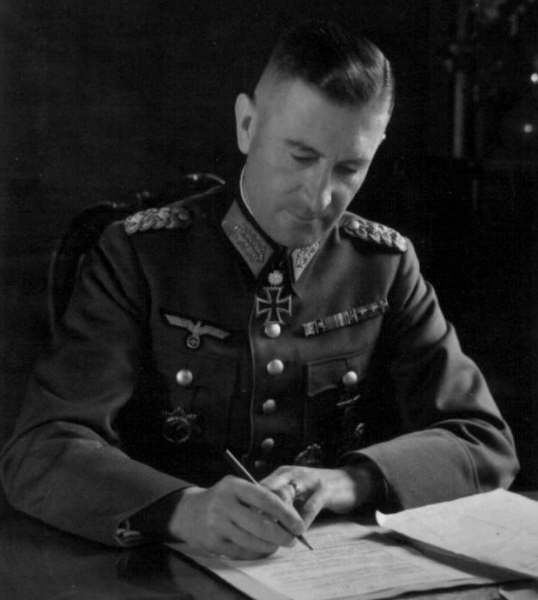
Early life
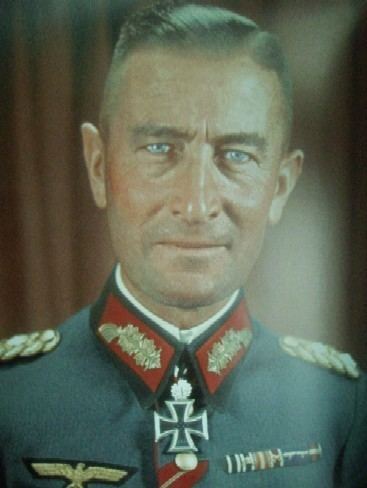
Born in 1888 in Berlin, Lemelsen joined the army of Imperial Germany as an Fahnen-junker (officer cadet) in the artillery and later participated in World War I. Serving in the Wehrmacht of Nazi Germany, he commanded the Artillery Lehr Regiment in 1934 and from the following year taught at infantry school. In March 1938, Lemelsen was given command of the 29th Infantry Division.
World War II
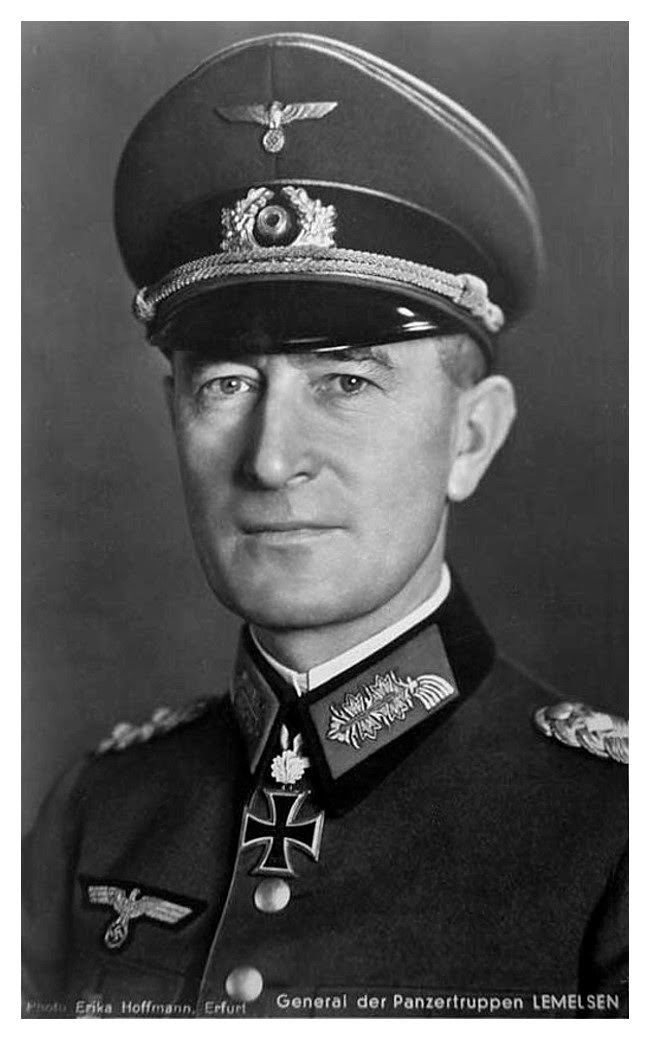
Lemelsen took part in the Invasion of Poland; his division was involved in the Massacre in Ciepielów of 8 September 1939. On 28 May 1940 he was given command of the 5th Panzer Division with which he participated in the Battle of Dunkirk.
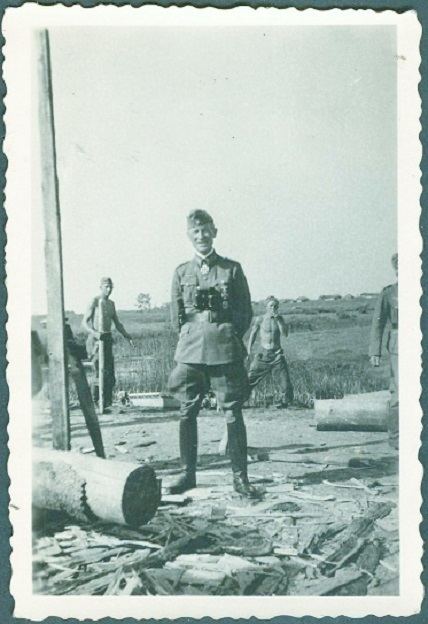
On 25 November 1940 Lemelsen was given command of the new XLVII Motorized Corps, which he led in the Battle of Smolensk and the Battle of Kiev. Lemelsen reported to the Wehrmacht High Command about the executions of Soviet prisoners of war during the early phases of Operation Barbarossa: {{quotation | I am repeatedly finding out about the shooting of prisoners, defectors or deserters, carried out in an irresponsible, senseless and criminal manner. This is murder. Soon the Russians will get to hear about the countless corpses lying along the routes taken by our soldiers, without weapons and with hands raised, dispatched at close range by shots to the head. The result will be that the enemy will hide in the woods and fields and continue to fight--and we shall lose countless comrades.
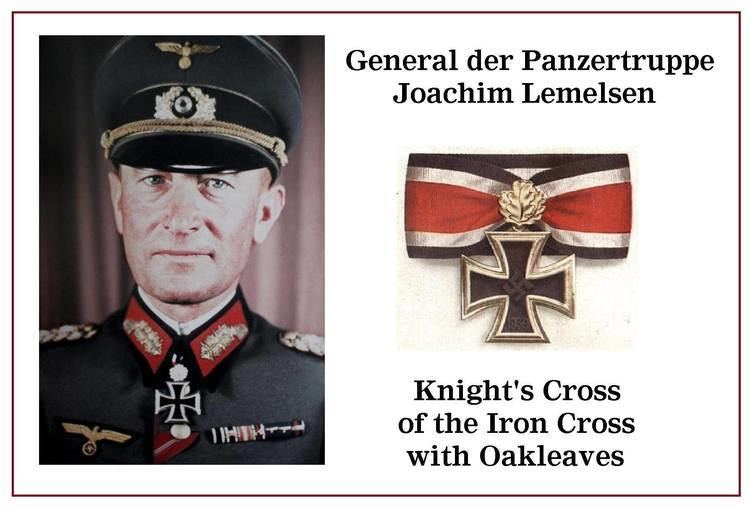
The Corps was designated a Panzer Corps in June 1942 and participated as such in anti-partisan operations and in the Battle of Kursk. Later, he temporarily commanded the 10th Army in Italy for two months until the end of December 1943. Lemelsen was given command of the 1st Army, stationed near the Atlantic coast in France in May 1944. On 7 June, Lemelsen was transferred to Italy to take over command of the 14th Army to replace Eberhard von Mackensen who the theatre commander Albert Kesselring had dismissed. Lemelsen commanded the army in the Italian Campaign from June 1944 until mid October when he was given command of Germany's other major formation in Italy 10th Army. In February 1945 he returned to the leadership of 14th Army until the end of hostilities in Italy in early May.
Imprisoned by British forces after the war, Lemelsen in 1947 testified on behalf of his former commander, Field Marshal Albert Kesselring, during Kesselring’s war crimes trial before a British military court convened at Venice, Italy. Soon thereafter, Lemelsen was released. He died in 1954.
